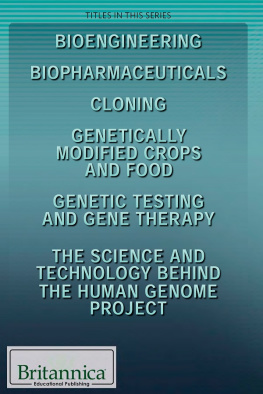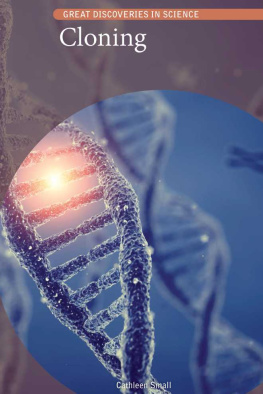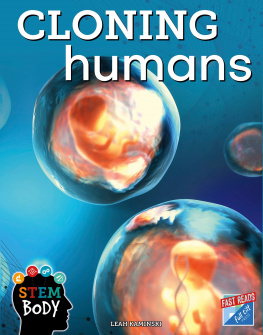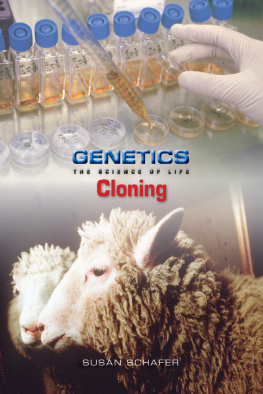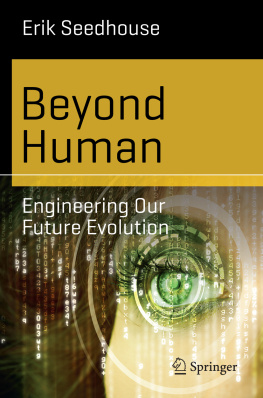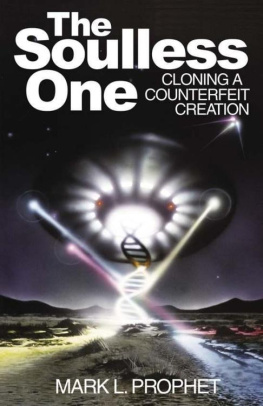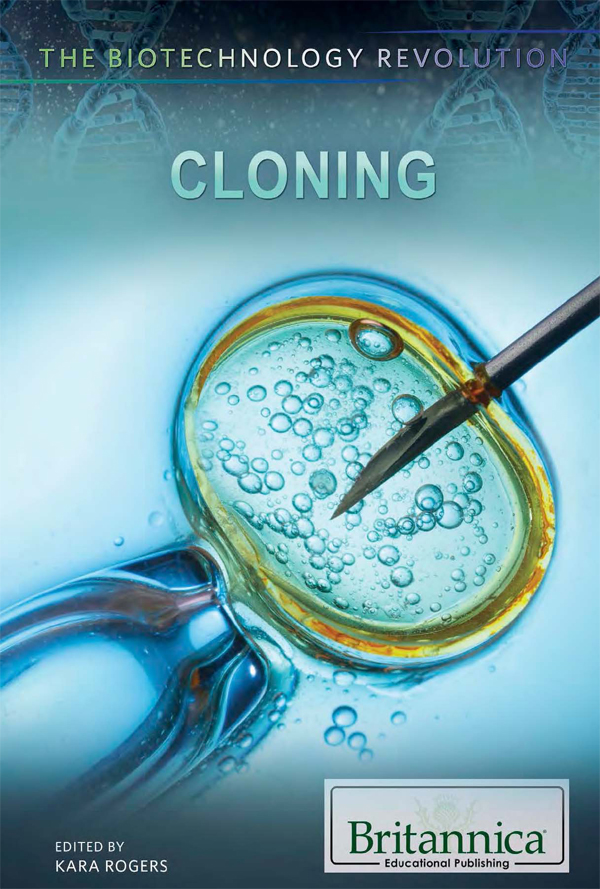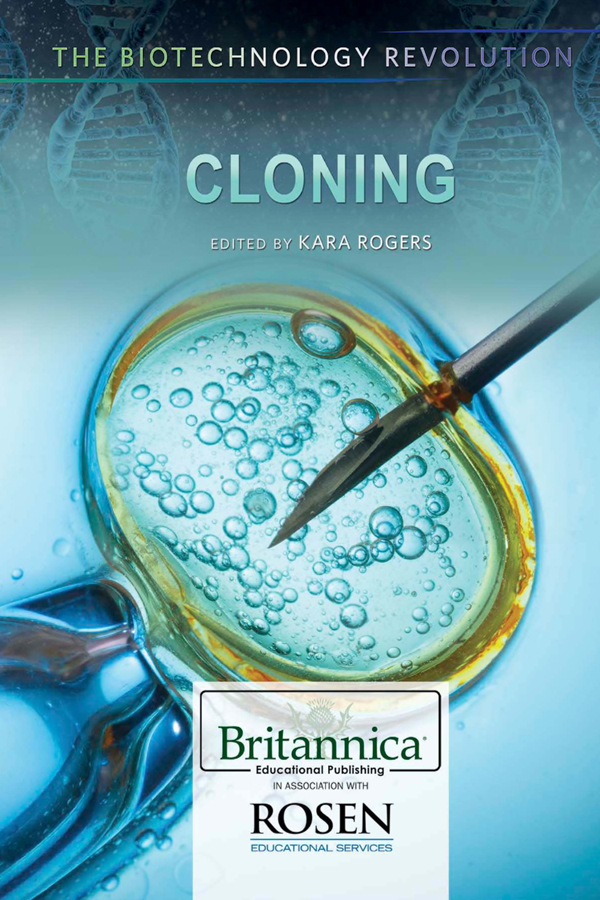
Published in 2016 by Britannica Educational Publishing (a trademark of Encyclopdia Britannica, Inc.) in association with The Rosen Publishing Group, Inc.
29 East 21st Street, New York, NY 10010
Copyright 2016 by Encyclopdia Britannica, Inc. Britannica, Encyclopdia Britannica, and the Thistle logo are registered trademarks of Encyclopdia Britannica, Inc. All rights reserved.
Rosen Publishing materials copyright 2016 The Rosen Publishing Group, Inc. All rights reserved
Distributed exclusively by Rosen Publishing.
To see additional Britannica Educational Publishing titles, go to rosenpublishing.com.
First Edition
Britannica Educational Publishing
J.E. Luebering: Director, Core Reference Group
Anthony L. Green: Editor, Comptons by Britannica
Rosen Publishing
Hope Lourie Killcoyne: Executive Editor
Kathy Kuhtz Campbell: Senior Editor
Nelson S: Art Director
Nicole Russo: Designer
Cindy Reiman: Photography Manager
Introduction and supplementary material by Kara Rogers
Library of Congress Cataloging-in-Publication Data
Cloning/edited by Kara Rogers.First edition.
pages cm.(The biotechnology revolution)
Includes bibliographical references and index.
ISBN 978-1-6227-5577-6 (eBook)
1. CloningJuvenile literature. 2. Genetic engineeringJuvenile literature. 3. Medical geneticsJuvenile literature. I. Rogers, Kara, editor.
QH442.2.C563 2016
660.65dc23
2014048919
Photo credits: Cover, p.1 nevodka/Shutterstock.com; p. vii Imagno/Hulton Archive/Getty Images; p. 4 Big Cheese Photo/Thinkstock; pp. 6-7, 20-21, 43, 51, 53, 72, 74, 80-81 Encyclopdia Britannica, Inc.; p. 9 Nigel Cattlin/Science Source; p. 15 Daniel Naupold/picture-alliance/dpa/AP Images; pp. 24-25 Press Association/AP Images; p. 48 Martin Shields/Science Source; p. 56 Carlos Goldin/Science Source; p. 65 Emi/Shutterstock.com; pp. 84, 114-115, 143 AP Images; pp. 88, 122-123 James King-Holmes/Science Source; pp. 92-93 David Greedy/Getty Images; p. 101 AdstockRF; p. 103 Getty Images; p. 108 Reuters/Landov; pp. 124-125 Glen Stubbe/MCT/Landov; p. 127 Jerry Lampen/Reuters/Landov; pp. 132-133 Mario Tama/Getty Images; pp. 146-147 Chip Somodevilla/Getty Images News/Thinkstock; p. 150 Kyodo/AP Images; pp. 154-155 Nelvin C. Cepeda/SDU-T/ZUMA Press; cover and interior design elements vitstudio/Shutterstock.com (DNA), everythingpossible/iStock/Thinkstock (honeycomb), style_TTT/Shutterstock.com (linear patterns).
CONTENTS
T he process of generating a living entity that is a genetic duplicate of another is known as cloning. The science and technology behind that process are powerful. They have the potential to treat human disease, to improve agriculture, and to advance scientists understanding of basic cellular processes.
The benefits of those advances to humankind could be immense. But the use of cloning technologies also raises significant ethical issues. Of particular concern has been the use of human embryos for the generation of cloned stem cellsthe cells that form the basis of therapeutic cloningand the potential of reproductive cloning to produce genetically identical copies of humans.
Therapeutic cloning and reproductive cloning are derived from more than a century of research and development. Reproductive cloning, in which the objective is to create an individual organism that is a genetic copy of another individual, generally is considered to have begun with the work of German embryologist Hans Spemann, who in the early 1900s artificially twinned salamanders. Spemann created twin salamanders by constricting salamander zygotes (fertilized eggs), such that in each egg, the cell nucleus was forced to one side, leaving the other half of the egg enucleated (without a nucleus). He let the zygote grow through several rounds of cell division before releasing the constriction to allow a single cell nucleus to slip into the enucleated side. He then closed off the constriction, cutting the embryo in two. The result was the generation of twin offspring. Spemanns work laid the foundation for nuclear transfer, the process by which the nucleus of a cell is inserted into an enucleated egg cell. Nuclear transfer is at the centre of cloning technology.
The northern leopard frog (Lithobates pipiens, formerly Rana pipiens) was one of the first species to be cloned through nuclear transfer. Cloned tadpoles were generated from embryonic cells in the early 1950s. Later that decade, the first tadpole clones of the African clawed frog (Xenopus laevis) were produced. Rather than embryonic cells, however, the cloned tadpoles of the clawed frog were produced from the nuclei of adult (differentiated) cells of the frog intestine. The experiment indicated that egg cells had the ability to make the nuclei of old cells young againa process in which adult cell nuclei essentially are reprogrammed to a pluripotent state. With a pluripotent nucleus at the helm, a cell has the capacity to become any type of cell in the body. It took about two decades to verify the experiments that produced tadpole clones of the African clawed frog. But once proven, the gateway to the cloning of larger species was opened.

German embryologist Hans Spemann was the first to carry out reproductive cloning by artificial twinning, or embryo splitting, which he performed on a salamander embryo in the early 1900s.
In parallel with that work, there occurred other key developments in the biological sciences that fueled the advance of cloning technology. Central among them was the development in the 1970s of recombinant DNA technology, in which a piece of DNA of interest is cut out of the genome of one organism and inserted into the genome of another organism. Numerous copies of the DNA of interest can be created by inserting the recombined genome into replicating bacterial cells. Advances in recombinant DNA technology and DNA sequencing gave rise to gene cloning, which became the most widely used type of cloning technology. Gene cloning is important particularly in the production of genetically modified organisms, which have a wide array of applications in research, medicine, and agriculture.
In the 1980s, while some scientists worked to refine the process of gene cloning, others found ways to successfully apply embryo cloning techniques to mammals. The first cloned mammals were sheep, produced in 1984 through nuclear transfer with embryonic cells derived from eight-cell embryos. Scientists attempted mammalian cloning with embryonic cells in later stages of development, but all the clones produced in that way were still clones of embryonic originthey were not clones of adult animals. Indeed, that singular breakthroughthe generation of an animal that is a genetic replica of an already grown individualremained elusive.
Eventually, scientists came to realize that the key to cloning mammals from adult cells was timing. The DNA in the nuclei of adult cells had to be in a receptive state, open to signals for development that came from the egg environment. A way of forcing adult cell nuclei into that state was devised in 1996, when scientists produced the worlds first mammalian clone of an adult animal. The clone was a Finn Dorset sheep named Dolly. Her birth marked the culmination of decades of progress in cloning technology, as well as years of research into mammalian embryological development and reproduction.

